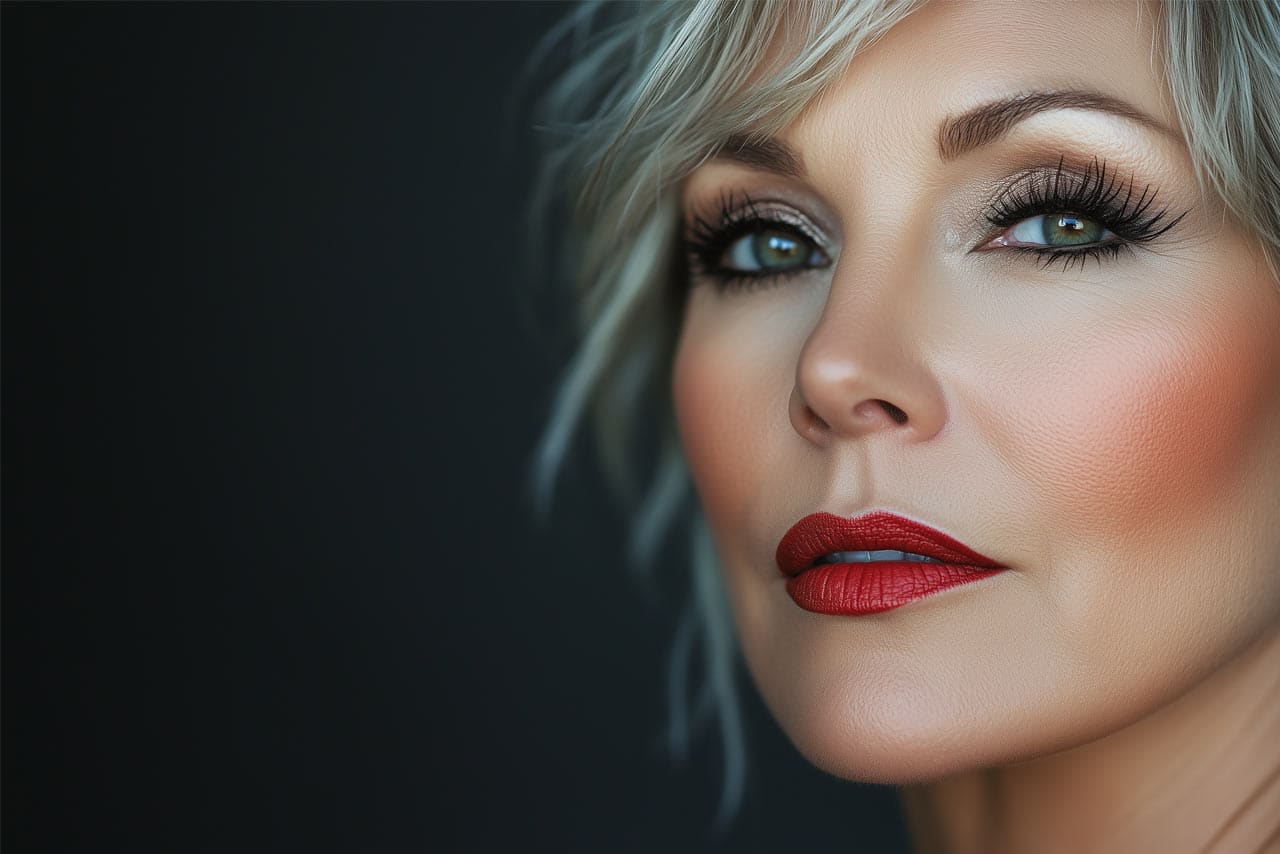
Non-surgical rhinoplasty is an increasingly popular choice for patients who want subtle but effective changes to their nose without undergoing surgery. Dermal fillers play a key role in reshaping the nose, offering customizable and minimally invasive solutions. This article explores the top dermal fillers for non-surgical nose jobs and how professionals can use them to achieve optimal results for their patients.
Why Choose Dermal Fillers for Rhinoplasty?
Non-surgical nose jobs are favored for their convenience, minimal recovery time, and ability to make subtle corrections without the risks associated with traditional surgery. Dermal fillers can be injected into targeted areas of the nose to smooth out imperfections, lift drooping tips, or correct asymmetry. For patients looking for temporary but noticeable enhancements, fillers provide an effective and practical solution. With precision, doctors can sculpt the nose, refine its contours, and even make structural adjustments that last several months or more.
Hyaluronic Acid Fillers: The Top Choices for Nose Jobs
Hyaluronic acid (HA) fillers are among the most widely used products for non-surgical rhinoplasty. Popular options like Juvederm Voluma and Restylane Lyft (or alternatives like Restylane Defyne and Restylane Refyne) offer a smooth, moldable consistency, ideal for natural-looking results. One of the major advantages of HA fillers is that they can be easily adjusted during treatment. They are also reversible, thanks to an enzyme called hyaluronidase, which can dissolve the filler if needed. Typically, HA fillers last 12 to 18 months, making them a reliable option for patients who want to experiment with minor adjustments before considering more permanent solutions.
Long-Lasting Fillers for Structural Enhancements
For patients seeking more pronounced or long-lasting results, longer-lasting fillers can offer additional benefits. Radiesse (or alternatives like Ellansé) are often mentioned when discussing structural fillers, but HA-based fillers remain the preferred option for the sensitive nose area due to their safety profile. These fillers provide a more rigid structure, allowing for more significant adjustments, such as correcting a large dorsal hump or lifting a drooping nasal tip. Long-lasting fillers are also ideal for patients who have already had surgical rhinoplasty but are looking for further refinement or touch-ups. While these fillers offer durability, it’s crucial to counsel patients about the potential risks and benefits, particularly when treating sensitive areas like the nose.
Customizing Filler Choices for Different Nose Shapes
Non-surgical rhinoplasty requires a tailored approach, as patients have diverse nose shapes, concerns, and aesthetic goals. Some patients may desire subtle improvements, while others may seek more noticeable changes. Selecting the right filler based on the patient’s anatomy is key to achieving optimal results. For instance, hyaluronic acid fillers may be best suited for patients who want to maintain the natural contours of their ethnic nose while achieving a refined look.
Additionally, combining different types of fillers can provide a balance between flexibility and structure, especially for patients with more complex nose shapes. Mastery in filler selection and application is essential for delivering a personalized experience and meeting each patient’s aesthetic expectations.
Conclusion
Choosing the right dermal filler for non-surgical nose jobs is critical for achieving successful outcomes and patient satisfaction. By understanding the unique properties of each filler, cosmetic professionals can create tailored solutions that deliver subtle enhancements or more dramatic transformations based on the patient’s needs. Whether using HA fillers for flexibility or longer-lasting fillers for structural enhancement, non-surgical rhinoplasty remains an effective and safe alternative to traditional surgery. Licensed medical practitioners can buy dermal fillers at Health Supplies Plus.
Frequently Asked Questions

About the Author: Doris Dickson is a specialist writer for Health Supplies Plus, focusing on the aesthetic medicine industry. She diligently researches cosmetic treatments and products to provide clear, concise information relevant to licensed medical professionals. Her work supports Health Supplies Plus’s commitment to being a reliable informational resource and trusted supplier for the aesthetic community.
Disclaimer: The content provided in this article is intended for informational purposes only and is directed towards licensed medical professionals. It is not intended to be a substitute for professional medical advice, diagnosis, or treatment, nor does it constitute an endorsement of any specific product or technique. Practitioners must rely on their own professional judgment, clinical experience, and knowledge of patient needs, and should always consult the full product prescribing information and relevant clinical guidelines before use. Health Supplies Plus does not provide medical advice.
